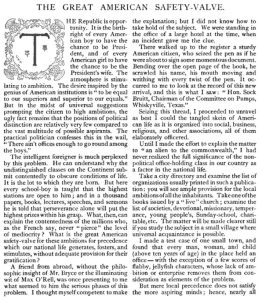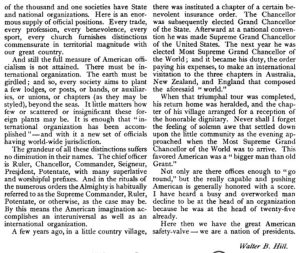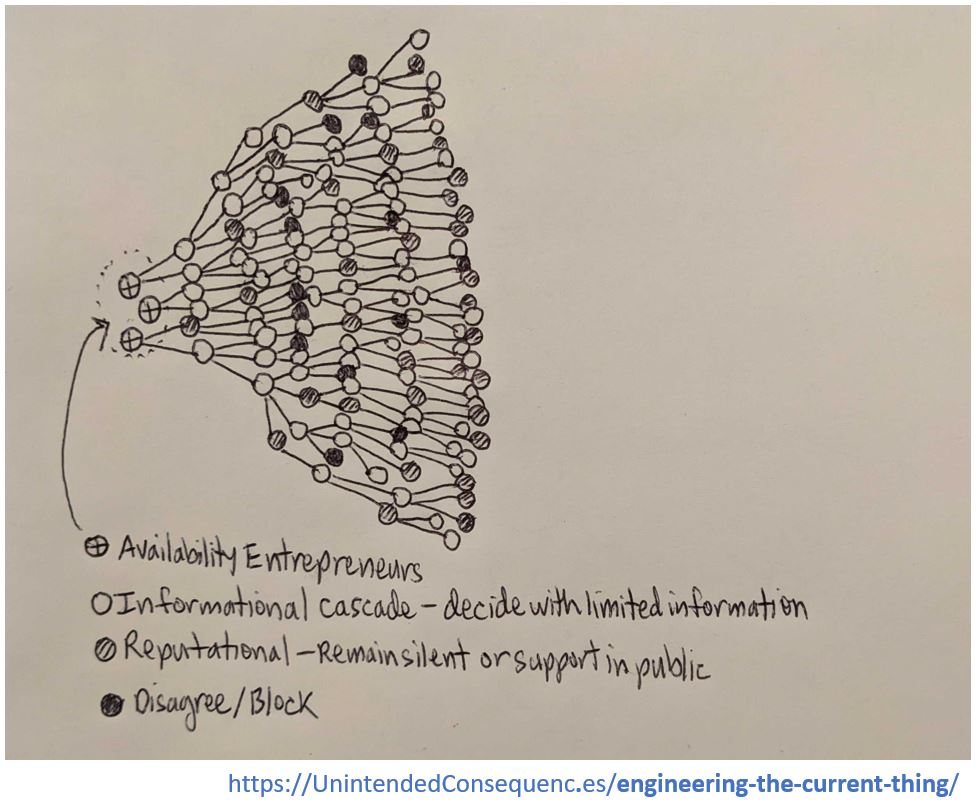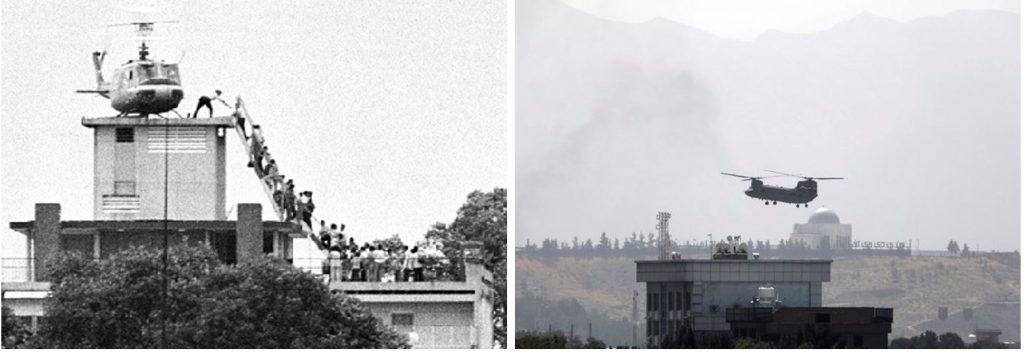Are some things inevitable?
And if something is inevitable, what do you do if you don’t like it?
You could fight it indirectly and delay how fast the change happens. In that case, you will quietly subvert the system.
You could fight it directly, even though you will probably lose. In that case, you are fighting for honor.
Or, through a combination of luck and foresight you could build a system that shields you from the inevitable change taking over your corner or the world. In that case, you need to build and defend a boundary.
The Letter
The “Pause Giant AI Experiments” letter came as a shock to me. Not that someone wrote it, but that they wrote it yesterday.
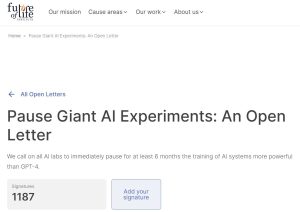
Noteworthy signatories of that letter include Elon Musk, Steve Wozniak, and a number of business leaders and academics. The list also included Andrew Yang, whose 2020 presidential campaign platform included AI-fomented Universal Basic Income.
But I disagree with the pause argument because the bubble of history seems already to have popped.
